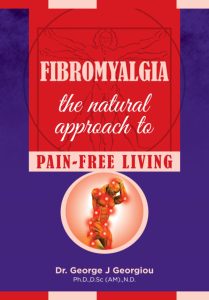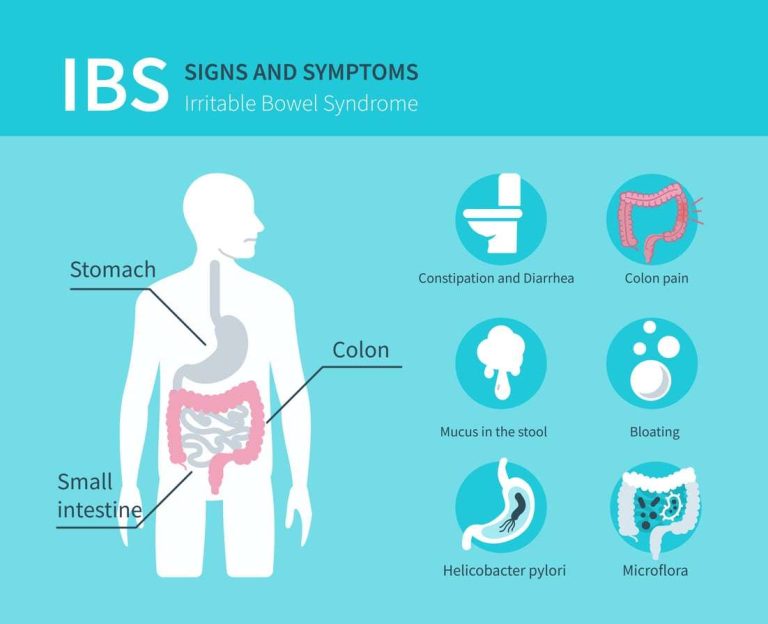Are We Treating Cancer but Killing the Patient?
The consultant oncologist picks up the phone angrily and calls his oncologist colleague who has been treating the patient sitting in front of him, “stop all chemotherapy immediately,” he says, “you have completely destroyed her liver which is pretty much irrecoverable!” This is exactly how this patient, who I was seeing for support using natural medicine, told me the story. She has received over 20 courses of chemotherapy and radiation treatment, plus countless surgeries, for a breast cancer that metastized to the bones. Only God knows what her destiny will be!
If you are being diagnosed with cancer, invariable you will be told to undergo surgery, chemotherapy, radiotherapy, hormonal therapy, etc. These seemed to be the only so-called “proven” paths to take. Most people believe that all medical treatments are solidly grounded in science, and that in order to be made available to patients, such treatments must be unequivocally proven to be effective by rigorous clinical trials. This is simply not true!
But are there other paths that the cancer patient can take, while still under the care of their oncologist? The problem with any other natural treatment is that it is seen with suspicion by most medical doctors, often saying that they are unproven and therefore cannot be used. Dr. David Brownstein, in the foreword of the book: Avoiding Breast Cancer wrote: “The pharmaceutical companies want us to believe that a cure for cancer will be found by a “magic-bullet” drug. This will never occur.”
WHAT IS THE SUCCESS RATE OF CHEMOTHERAPY?
It may be time to ask the same questions of the traditional cancer treatments that have been used for so many decades. What are their success rates?
An important paper has been published in the journal Clinical Oncology. This meta-analysis, entitled “The Contribution of Cytotoxic Chemotherapy to 5-year Survival in Adult Malignancies” set out to accurately quantify and assess the actual benefit conferred by chemotherapy in the treatment of adults with the commonest types of cancer.
All three of the paper’s authors are oncologists. Lead author Associate Professor Graeme Morgan is a radiation oncologist at Royal North Shore Hospital in Sydney; Professor Robyn Ward is a medical oncologist at University of New South Wales/St. Vincent’s Hospital. The third author, Dr. Michael Barton, is a radiation oncologist and a member of the Collaboration for Cancer Outcomes Research and Evaluation, Liverpool Health Service, Sydney. Prof. Ward is also a member of the Therapeutic Goods Authority of the Australian Federal Department of Health and Aging, the official body that advises the Australian government on the suitability and efficacy of drugs to be listed on the national Pharmaceutical Benefits Schedule (PBS) – roughly the equivalent of the US Food and Drug Administration.
Their meticulous study was based on an analysis of the results of all the randomized, controlled clinical trials (RCTs) performed in Australia and the US that reported a statistically significant increase in 5-year survival due to the use of chemotherapy in adult malignancies. Survival data were drawn from the Australian cancer registries and the US National Cancer Institute’s Surveillance Epidemiology and End Results (SEER) registry spanning the period January 1990 until January 2004.
Wherever data were uncertain, the authors deliberately erred on the side of over-estimating the benefit of chemotherapy. Even so, the study concluded that overall, chemotherapy contributes just over 2 percent to improved survival in cancer patients.
Yet, despite the mounting evidence of chemotherapy’s lack of effectiveness in prolonging survival, oncologists continue to present chemotherapy as a rational and promising approach to cancer treatment.
“Some practitioners still remain optimistic that cytotoxic chemotherapy will significantly improve cancer survival,” the authors wrote in their introduction. “However, despite the use of new and expensive single and combination drugs to improve response rates…there has been little impact from the use of newer regimens” (Morgan 2005).
The Australian authors continued: “…in lung cancer, the median survival has increased by only 2 months [during the past 20 years, ed.] and an overall survival benefit of less than 5 percent has been achieved in the adjuvant treatment of breast, colon and head and neck cancers.”
Basically, the authors found that the contribution of chemotherapy to 5-year survival in adults was 2.3 percent in Australia, and 2.1 percent in the USA. They emphasize that, for reasons explained in detail in the study, these figures “should be regarded as the upper limit of effectiveness” (i.e., they are an optimistic rather than a pessimistic estimate).
A FURTHER SIGNIFICANT STUDY
Another cancer researcher obtained similar results about 25 years ago, back in the eighties. A German epidemiologist from the Heidelberg/Mannheim Tumour Clinic, Dr. Ulrich Abel has done a comprehensive review and analysis of every major study and clinical trial of chemotherapy ever done. To make certain that he had reviewed everything ever published on chemotherapy, Abel sent letters to over 350 medical centres around the world asking them to send him anything they had published on the subject. Abel researched thousands of articles: it is unlikely that anyone in the world knows more about chemotherapy than he.
The analysis took him several years, but the results are astounding: Abel found that the overall worldwide success rate of chemotherapy was “appalling,” only 3%, because there was simply no scientific evidence available anywhere that chemotherapy can “extend in any appreciable way the lives of patients suffering from the most common organic cancers.”
SUCCESS OF CHEMOTHERAPY ONLY THREE PERCENT!
In fact, he found similar figures to the Australian oncologists – 3% – yes that is three percent! Abel emphasizes that chemotherapy rarely can improve the quality of life. He describes chemotherapy as “a scientific wasteland” and states that at least 80 percent of chemotherapy administered throughout the world is worthless, and is akin to the “emperor’s new clothes” – neither doctor nor patient is willing to give up on chemotherapy even though there is no scientific evidence that it works!
HOW WILL YOU TREAT YOUR CANCER DOCTOR?
In 1986, McGill Cancer Center scientists sent a questionnaire to 118 doctors who treated non-small-cell lung cancer. More than three quarters of them recruited patients and carried out trials of toxic drugs for lung cancer. They were asked to imagine that they themselves had cancer, and were asked which of six current trials they themselves would choose. Of the 79 respondents, 64 (81%) said they would not consent to be in a trial containing cisplatin, a common chemotherapy drug. Fifty-eight or 74% of the oncologists found all the trials using any type of chemotherapy unacceptable. What reasons did they give? Basically, they quoted the ineffectiveness of chemotherapy and its unacceptable degree of toxicity.
References
Abel, U., ‘Chemotherapy of Advanced Epithelial Cancer: a critical review’, Biomedicine and Pharmacotherapy, 1992; 46: 439-452.
Morgan G, Ward R, Barton M. The contribution of cytotoxic chemotherapy to 5-year survival in adult malignancies. Clin Oncol (R Coll Radiol). 2004;16(8):549-60.
Moss, R.W., Questioning Chemotherapy, (Equinox Press, New York, 1995).
Enstrom, J.E. & Austin, D.F., ‘Interpreting Cancer Survival Rates’, Science, 1977; 195: 847-851.
Peto, J. & Easton, D., Cancer Treatment Trials – past failures, current progress and future prospects’, Cancer Survey, 1989; 8: 513-533.
Benjamin, D.J., ‘The Efficacy of Surgical Treatment of Cancer’, Medical Hypotheses, 1993; 40 (2): 129-138.
Issels, J., ‘Immunotherapy in Progressive Metastatic Cancer – A Fifteen-Year Follow-up’, Clinical Trials Journal, August 1970: 357-365 with editorial on pp 355- 356.
Chemotherapy Report, ‘Do We Need A New Approach to Cancer?’, Burzynski Research Institute Home Page, www.cancermed.com/chemo.htm
Moore, M.J., Tannock, I.F., ‘How Expert Physicians Would Wish to Be Treated If They Developed Genito-urinary Cancer’, Abstract No. 455. Proc. American Society of Clinical. Oncology, 1988; 7: 118.
Best wishes,
Dr. George J Georgiou, Ph.D.,N.D.,D.Sc (AM)
Natural Medicine Practitioner & Researcher
Web: www.naturaltherapycenter.com
Email: drgeorge@naturaltherapycenter.com










